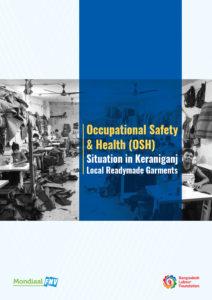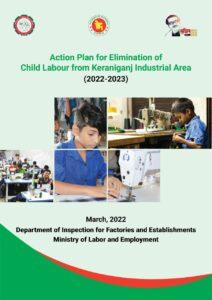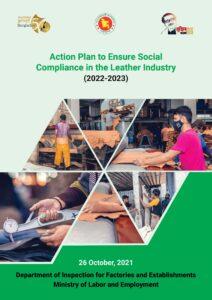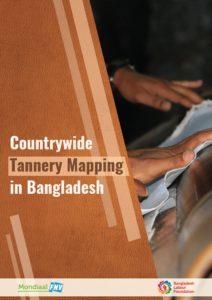Employment and Working Conditions in Bangladesh’s Leather Industry
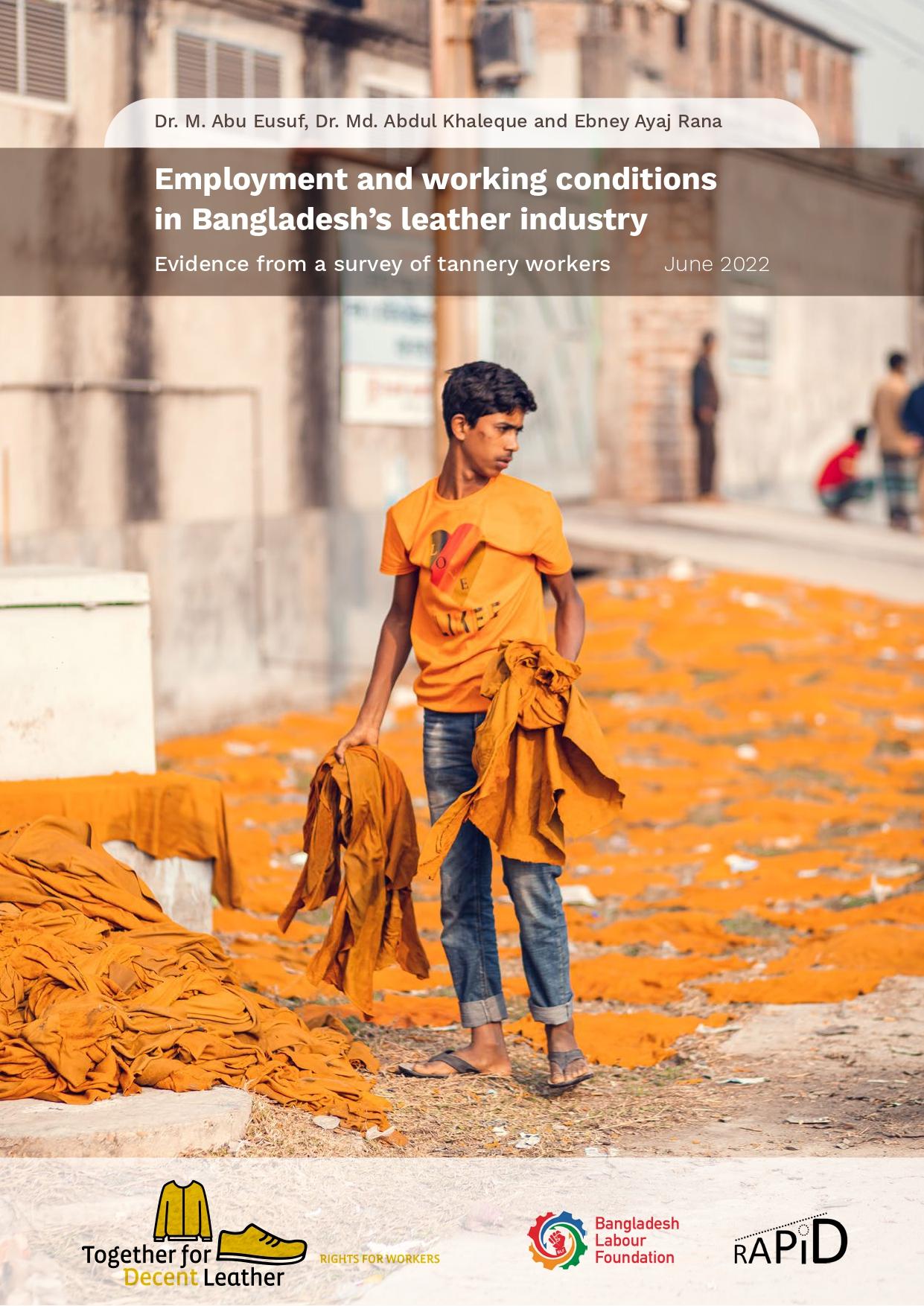
Bangladesh’s leather sector makes up about 3 per cent of the world’s market for leather and leather goods. The sector is the country’s third largest source of export earnings, after readymade garments and jute and jute products. The country’s export of leather and leather goods was worth $941.7 million in FY 2021, representing 2.4 per cent of the country’s total export earnings ($38.8 billion). However, Bangladesh’s export earnings from the leather industry have been on the decline over the last few years. The industry’s export value was worth $1.2 billion in FY 2017, which declined to $1.1 billion in FY 2018, $1 billion in FY 2019, and $797.6 million in FY 2020. This fall in the export of leather is generally attributed to the declining global demand for crust and processed leather, rising use of artificial leather, poor safety and compliance practices in Bangladesh, and a lack of investment and diversification of products.
The government of Bangladesh decided to relocate the tanneries from Hazaribagh to a newly developed tannery estate in Savar, a suburb of the Dhaka district. However, the new estate in Savar has yet to achieve environmental compliance. This is in part due to fact that the central effluent treatment plant (CETP) – the centrepiece of the whole relocation endeavour – proved to be unsuitable for the tanneries.
In terms of labour standards and workplace safety, the leather tanning industry in Bangladesh is no exception from the country’s other labour-intensive industries, where sweatshop conditions are commonplace. Even after the relocation from Hazaribagh, which promised better living and working conditions for the tannery workers, the industry is still struggling to ensure minimum wages, basic labour rights, and occupational health and safety.
This study aims to assess the employment and working conditions in Bangladesh’s leather industry. It focuses on the demographic and socio-economic characteristics of tannery workers, their rights to association and collective bargaining rights, occupational health and safety, and labour and employment practices at tanneries.
The key findings suggest that workers in the new tannery estate in Savar face various challenges, including accommodation and transportation crises, inadequate medical and schooling facilities, and little or no improvement in workers’ safety and rights. This is in addition to relocation-induced separation from families.
Employment in the tannery industry also remains highly gender-insensitive, as employers are reluctant to hire female workers. Wage growth and employment benefits are minimal in the industry with more than half of the surveyed workers earning less than the legal minimum wage. Workers toil for long hours, sometimes with forced overtime, and are subject to the whims of their employers because of scant union activism, weak workers’ representation, and the lack of formal employment arrangements such as written contracts.
Related posts
